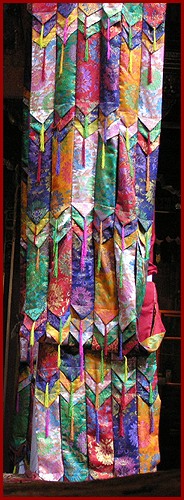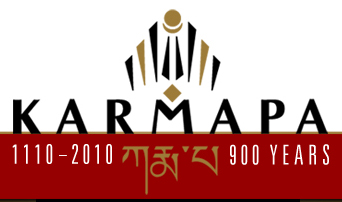Planting deep roots in Tibetan religion and society, the vast tree of the Karmapa lineage and Karma Kagyu school eventually reached into the farthest corners of Tibetan culture. Its presence enriched the very ground that Tibetan Buddhism was founded upon—nourishing the arts, fostering new religious institutions and influencing the very course of Tibetan history itself. The example set by the First Karmapa, Dusum Khyenpa, in intentionally reincarnating was later emulated by great masters of all schools of Tibetan Buddhism. The enduring power of these reincarnation lines lent great continuity and stability to Tibetan Buddhism. That institutional stability helped Buddhism weather 900 centuries of turbulent times—including the exodus from Tibet after the communist Chinese invasion and transplanting of the Buddhadharma back on Indian soil.
The Karmapas’ impact on Tibetan history was broad, despite the fact that they have consistently steered cleared of political power, even when others sought to thrust it upon them. The Fifth Karmapa firmly declined an offer by his disciple, the emperor of China, to send military forces to curtail other sects’ activities in Tibet and place the Karma Kagyu lineage in a position of dominance. Even though they held no ambition for political power of their own, the Karmapas have often taken active roles in resolving conflicts among disputing parties. Read more about the Karmapas’ historical role as peacemakers.
Tibetan arts and culture too have been greatly enriched by the contributions of the Karmapas—many of whom were artists and poets as well as great masters, as in the case of the Seventeenth Karmapa today (see Anniversary Poem). Further, the Karma Kagyu lineage on the whole maintained a strong focus on the arts, both as producers and patrons. An entire school of painting evolved under its patronage. This school of painting was developed within another major Karmapa contribution to Tibetan culture: the Great Encampment, wherein the Karmapas traveled the countryside in large mobile practice communities to spread the Dharma.
Few institutions based on a single person have lasted as long as has the Karmapa reincarnation lineage. And few have touched as many lives, or created as much goodness in the world.
|
|
|||
 With its 900-year history, the Karmapa reincarnation lineage now forms an integral part of the fabric of Tibetan culture and society.
|
KARMAPAS' CONTRIBUTIONS TO ART, CULTURE AND HISTORY |
||


